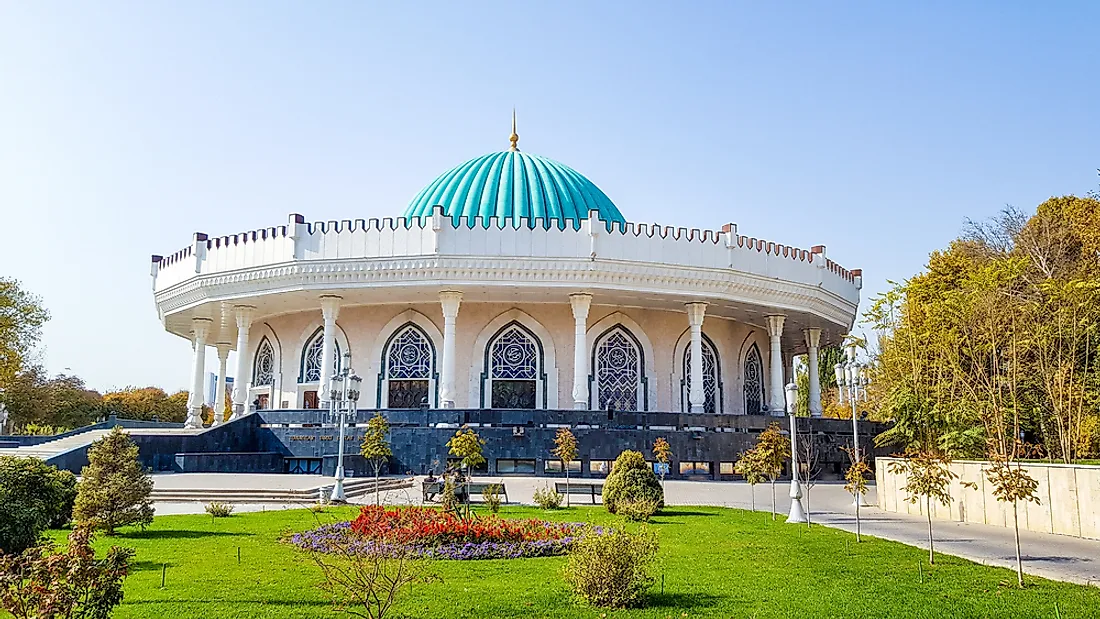What Was the Timurid Empire?

The Timurid Empire refers to a Turco-Mongol Persianate empire, which was located in much of the central parts of Asia. Today, the area that was once covered by the empire comprises of Iran, the majority of Central Asia, the Caucasus, and parts of India, Syria, Turkey, and Pakistan. A warlord of Turco-Mongol ancestry, who was known as Timur or Tamerlane, was the one who founded the empire in 1370. One of the driving forces of his establishment of the empire was that he believed himself to be the chosen restorer of the great Mongol Empire that was once under Genghis Khan. Even though the two were unrelated, Timur envisioned himself as Khan’s heir.
The Rise of the Timurid Empire
Timur began his campaign in 1380 by taking states of the Ilkhanate, which were led by a Mongol dynasty. Nine years later, in 1389, Timur had already succeeded in getting to Mainland Persia where he expanded his rule by doing things like removing the Jalayirids from Baghdad. Between 1394 and 1395, he defeated the Golden Horde during the Georgia campaign, which led to the expansion of his empire to the Caucasus. Other major achievements include the destruction of Baghdad in 1401 as well as defeating the Ottomans in the 1402 Battle of Ankara. After defeating the Ottomans, Timur became the most prominent Muslim ruler of his time.
To lead his extensive empire, Timur chose leaders mostly from his family such as children and grandchildren. Despite the incompetence of some of his family members that led to some of the regions gaining independence after Timur’ death, the extensive empire ensured that the dominant ruling family in the region was the Timur family. The conquests by Timur led to the death of an estimated 17 million people.
The Fall of the Timurid Empire
An argument can be made that the fall of the empire began immediately after 1405 after the death of Timur. However, the fall was sealed in the later stages of the 15th century due to their traditions of partitioning the empire. This partitioning exposed the once great empire to invasion and occupation by opposing forces. For example, the Shiite Safavid dynasty easily captured Mesopotamia, Persia, Eastern Anatolia, and the Caucasus. Other invading forces include the Uzbeks and the Mughal Empire (which was led by Timur’s descendant). The Timurid dynasty ceased to be after the Mughal Empire was defeated by the British in 1857.
Culture
Despite their Turco-Mongol origins, the leaders eventually ended up adopting Persian traditions. Therefore, the Timurid Empire was a blend of Turco-Mongol and Persian cultures and traditions. One of the primary languages was the Chaghatay language, which was a Turkish language that is now extinct. Since they were in Persia, Persian was also another common language while Arabic was utilized as well for things like religion. The religion of the region was also a dual one since it is impossible for an entire population to convert to one religion and abandon its roots entirely. As such, it is a fair assumption that Turco-Mongol religions were practiced together with Islam.











